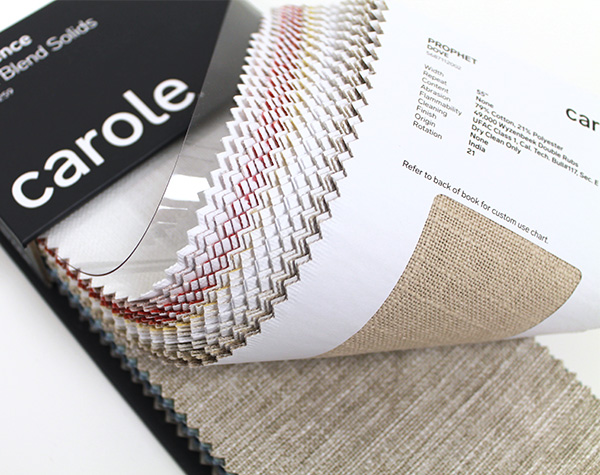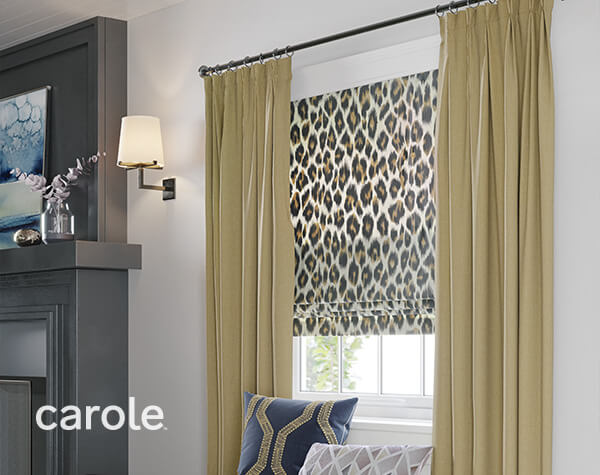
Matching Pattern, Fabric and Window Treatment Style
September 28, 2021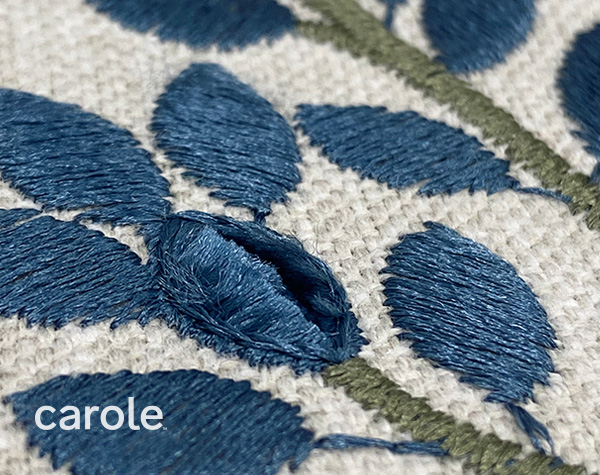
All About Embroidery
February 15, 2022Most of us have had questions about Flame Retardant (FR) fabrics at some point during the course of our design careers. What are FR fabrics? What are the testing standards for FR designation and how do you know which fabrics are certified? How can you find FR fabrics and when should you use them? Read on for answers!
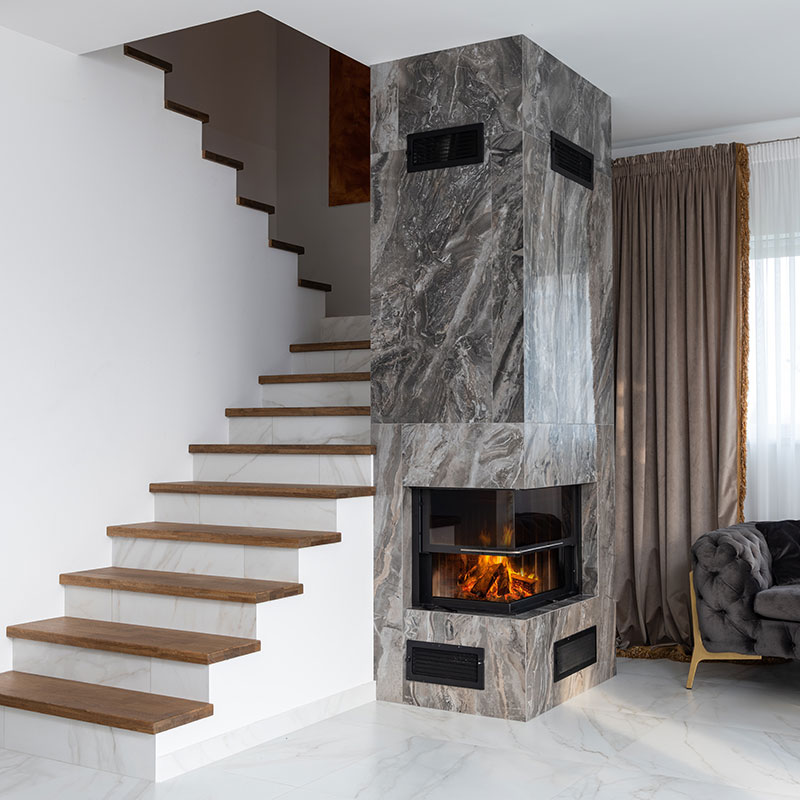
What is a Flame Retardant fabric?
Flame or fire retardant fabrics burn slowly and self-extinguish so they limit the spread of fire. They help reduce heat buildup to prevent rapid fire development. This creates a safer environment for buildings where FR fabrics are used.
Testing organizations measure the flammability of a fabric. They then supply coding which certifies that the fabric has met specific standards to ensure a low risk of fire.
Public spaces such as schools and churches, hospitality and healthcare facilities, theaters and museums, and retail and industrial spaces are required by law in many places to use only fabrics that have FR certification.
What is the difference between Inherently FR and Chemically Treated FR fabrics?
The two main types of FR fabrics are Inherently Flame Retardant (IFR) and chemically treated (FR) fabrics. The primary difference between them is the method by which the fabric becomes fire retardant. Ultimately, both types of fabric offer the same level of minimized fire risk.
Inherently FR Fabrics
IFR fabrics are made from fibers that intrinsically provide fire resistant properties; therefore, cleaning does not reduce the FR qualities. There are two types of IFR fabrics: natural and synthetic.
Wool and silk are fabrics with natural FR characteristics. Wool is generally considered the most flame retardant natural fiber, as it is difficult to ignite and may extinguish smaller flames on its own. Silk is also difficult to ignite, burns slowly, and may self-extinguish. Cotton and linen, on the other hand, burn quickly and easily.
IFR fabrics can also come from synthetic fibers that have been created with built-in flame resistance. Certain acrylic, polyester and nylon fabrics are constructed to be fire retardant, which results in them catching fire at much higher temperatures than natural fibers. And when those temperatures are reached, the fabrics typically melt rather than burn.
IFR fabrics can protect your family from fire without introducing chemically treated materials into your home. This would certainly be something to consider for seniors, people living alone, upstairs bedrooms, or children's rooms.
Chemically Treated FR Fabrics
FR fabrics are coated with a chemical after they are woven so the fire retardancy is not built into the fiber itself. This treatment produces a non-combustible gas that prohibits the ignition and spread of fire, while reducing toxic smoke and fumes. Cleaning these fabrics can decrease the FR properties of the fabric.
How's that for your science class today?
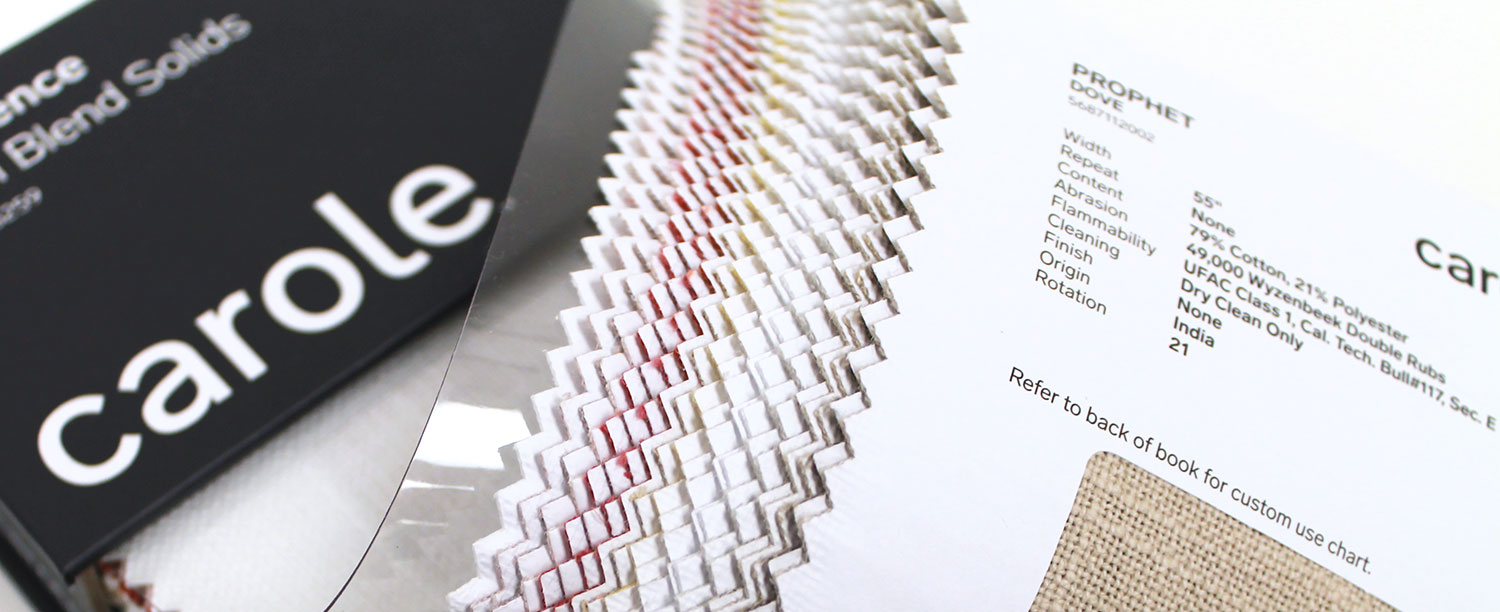
What are the testing standards?
If your customer asks you how fabrics are tested to become FR-certified, you can educate them! There are two certifications that apply to the textile industry:
- NFPA 701
- UFAC Class 1, Cal. Tech. Bull#117, Sec. E
NFPA 701
The National Fire Protection Agency (NFPA) is the leading advocacy organization for fire protection and an authority on public safety. The NFPA establishes test methods to assess the spread of flames on various materials under specified conditions. They then develop testing standards, and publish codes and criteria for certification.
What is the NFPA 701 test? It is the standard specifically reserved for a range of home textiles including draperies, curtains, blankets, bedspreads, quilts, mattress ticking, sheets, upholstery fabrics and wall hangings. A fabric is certified to pass the NFPA 701 test when it is exposed to a flame for 12 seconds in the vertical position and it shows the following characteristics:
- Any after-flame must be extinguished with 2 seconds of the removal of the test flame
- Char length must be limited according to the weight of the fabric
- The fabric must not be inflamed when it touches the test chamber floor
UFAC Class 1, Cal. Tech. Bull#117, Sec. E
Fabrics used for upholstery are certified by the Upholstered Furniture Action Council (UFAC), which strives to reduce the number of household fires from smoldering ignition.
California Technical Bulletin #117, also known as CAL 117, is a regulation that sets the industry standard for upholstered furniture flammability. CAL 117 requires that certain materials used for making residential furniture, including upholstery fabric, pass both an open flame test and a smolder test within a closed chamber. Criteria for this test include measurements that remain below a specified threshhold for:
- Flame spread and char
- Formation of carbon monoxide, heat and smoke
How does Carole identify FR fabrics?
Carole makes it easy to identify FR fabrics. The symbol shown here is included on our sample books when all of the fabrics within the book pass the NFPA 701 certification.
Individual FR fabrics, regardless of book, will be noted as such in the following locations:
- It will say "(FR)" next to the fabric name in our Retail Fabric Price List
- The strip on the back of every fabric sample includes the applicable Flammability Rating
- When you click on a fabric in Carolenet, the specifications include the applicable Flammability Rating
You can also search specifically for FR rated fabrics on Carolenet by checking Flame Retardant under Specialty Fabrics. This will show you an assortment of available FR options.
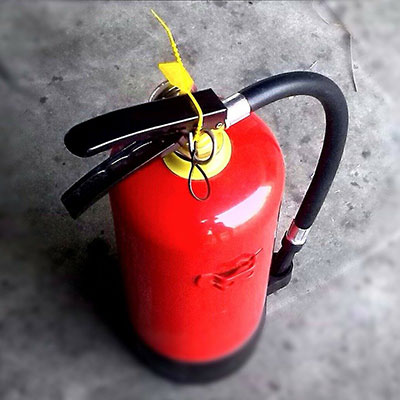
Can Non-FR fabrics become FR?
What if the fabric you love isn't listed as FR?
There are treatments that can be applied to non-FR fabrics so they can be used on jobs that require FR fabrics. The fabrics are solution‑dipped and then dried to obtain the desired rating. Carole offers this process.
When the fabric is dipped into the chemical solution, it absorbs into the fibers to create a barrier between the fiber and the flame. Should the fabric catch fire, the chemicals are activated by the heat to trigger a reaction that extinguishes the flame — similar to a fire extinguisher!
There can be 5% possible shrinkage and there may be a slight color change when the fabric is treated. Strike-offs can be requested by contacting our Customer Care team. So when you find the perfect fabric for your FR job, just contact us for more information.
Certificate of Compliance
Upon request, we will issue a notarized Certificate of Compliance for your customer to show proof that the fabric meets the specifications of either NFPA 701 or UFAC Class 1, Ca. Tech. Bull#117, Sec. E.
Now that you are an expert on FR fabrics, visit our Fabric Search then go out and get that next job!

Susan Pfingst
National Training Coordinator
With over 35 years in the Home Design Industry, Susan brings her extensive experience in design and sales. Training is her passion and she looks forward to sharing her insight!

